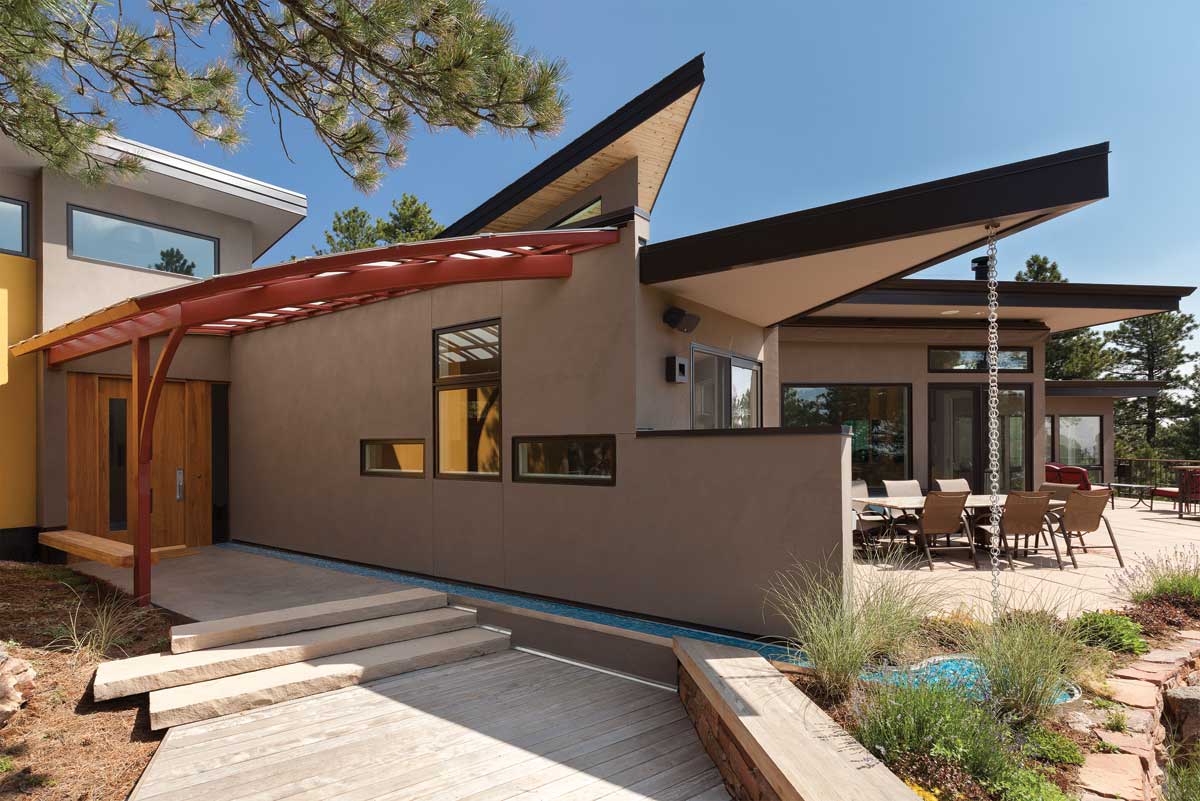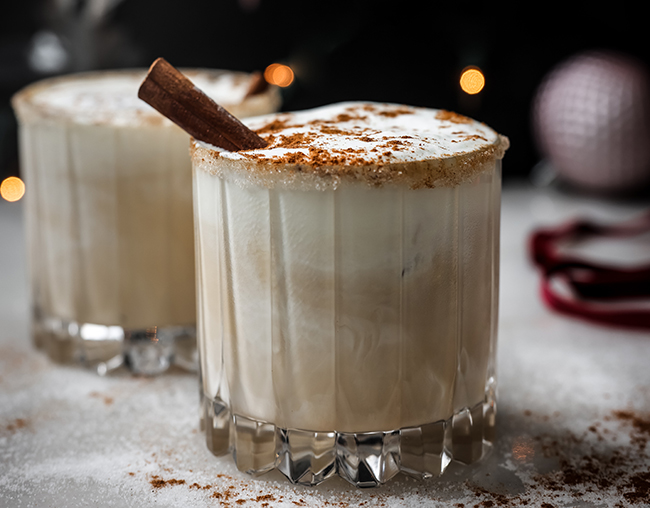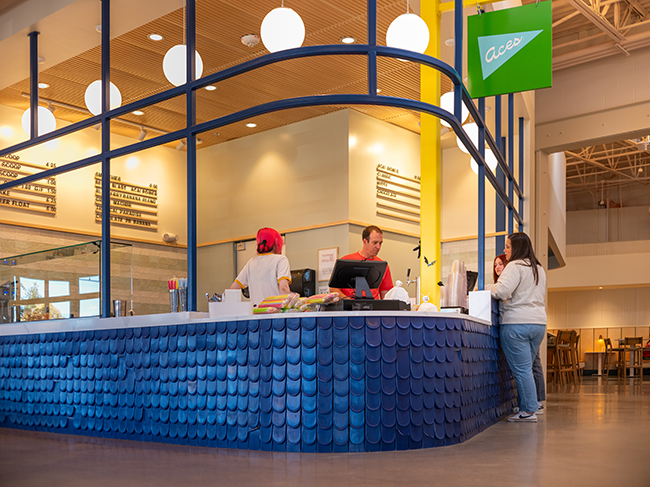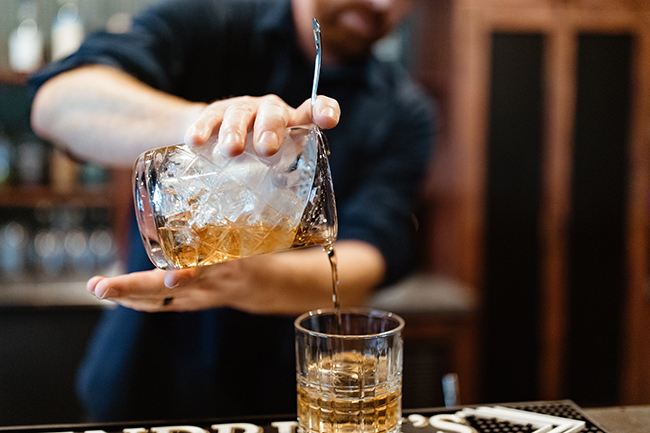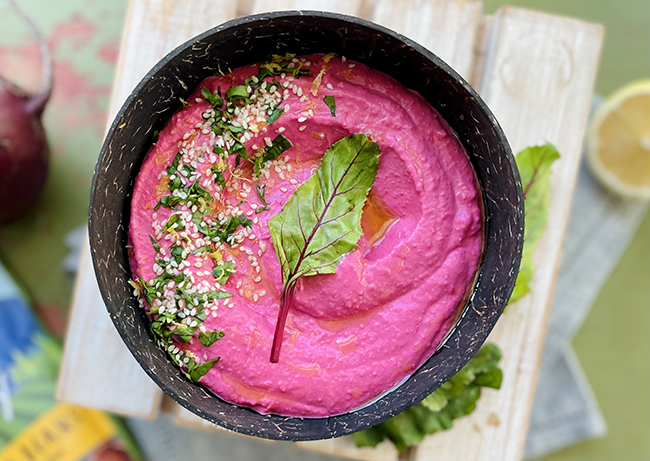Spice Rubs for Summer Barbecue
28 Jun 2015
Making spice rubs for summer BBQs is simple. Just start with a few basic ingredients and add others to your liking.
You really can’t mess up a spice rub. You simply adjust the seasonings to your tastes. But starting with the freshest, highest-quality spices “makes a huge difference,” says Dan Hayward, owner and managing partner of Savory Spice Shop in Boulder, which sells a variety of house-made rubs.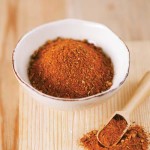
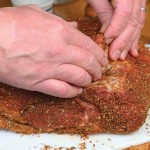
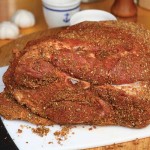
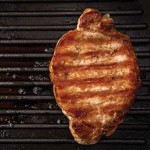
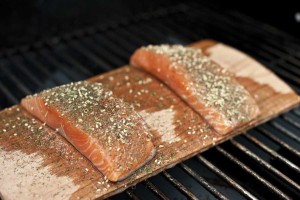 Pearl St. Plank Rub Recipe
Pearl St. Plank Rub Recipe
Dan Hayward designed the rub for cedar-planked salmon, but says it’s equally outstanding on chicken, pork and sweet potato fries. Sweet, spicy and smoky, the rub contains maple sugar, smoked sweet paprika, salt, chiles, garlic and yellow mustard powder.
Ingredients
1 1-pound salmon fillet, skin on
1 tablespoon olive oil
1 tablespoon Pearl St. Plank Rub
(Note: If using a 2-pound fillet, double all ingredients.)
Equipment
1 cedar grilling plank
Directions
Soak the cedar plank in water for several hours before cooking (the longer you soak it the better). Wash and pat-dry the salmon fillet. Rub the fillet with olive oil and apply 1 tablespoon of the rub. Let the fillet sit for 30 minutes to give the rub time to permeate the salmon.
Heat grill to 350 degrees. Heat the plank for about 3 minutes on each side. Place the fillet, skin-side down, on the plank and close the grill lid. The salmon should be cooked to medium in 12 to 15 minutes, depending on the thickness. Serve with lemon wedges.
Serving Suggestions
Great served with roasted potatoes and grilled asparagus lightly drizzled with olive oil and gray sea salt. Sprinkle cubed potatoes with salt and olive oil and put them in a foil pack.
Place the pack on the grill about 30 minutes prior to the salmon. Coat asparagus spears with olive oil and grill separately in a basket for 5 to 10 minutes, turning every couple of minutes, until lightly charred and barely fork tender. Combine with the potatoes and serve with fresh lemon wedges.
By Carol Brock


